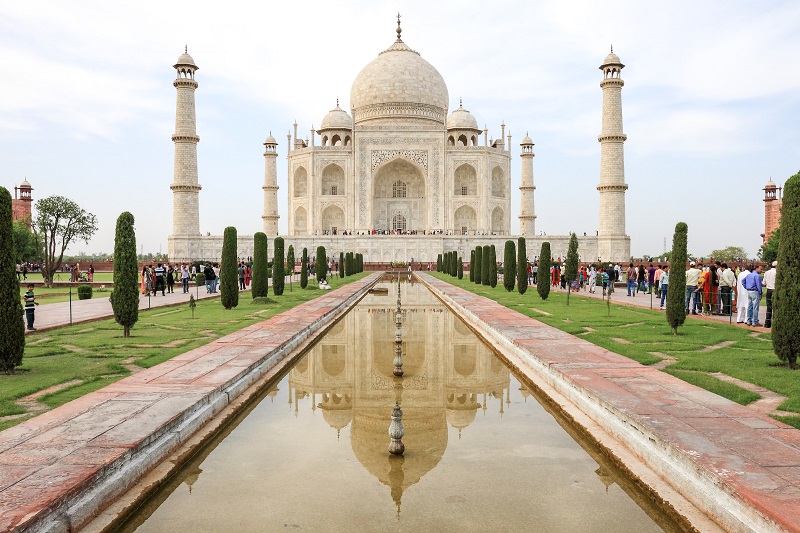
Swollen Yamuna River touches Taj Mahal’s walls for first time in 45 years
Incessant rain in northern India has swelled rivers across the region, with water in the Yamuna River rising above the “low flood level” of 150.8 metres on Monday. The water has reached walls of the 17th-century Taj Mahal in Agra for the first time in almost 50 years.
The mausoleum, built by Mughal emperor Shah Jahan, is one of the Seven New Wonders of the World. Standing strong on the southern banks of the Yamuna River, water is yet to enter the basement of the monument, which holds the tombs of Shah Jahan and Mumtaz Mahal.
But water has touched other monuments like the tomb of the grandfather of Mumtaz Mahal – Itimad-ud-Daula. The Archaeological Survey of India, which manages entities of historical importance, said the Taj Mahal was designed to prevent water from entering the main mausoleum.
Keep Reading
The last time water of the Yamuna River reached the Taj Mahal’s back wall was during the high floods of 1978, when the water level touched 154.8 metres, flooding 22 rooms in the monument’s basement and leaving behind silt when the chaos finally subsided.
The ASI got rid of the wooden doors through which the flood water entered and erected walls at the entrance from the Basai and Dussehra ghats – the two famous embankments next to the monument. The overflowing river has prompted authorities to step up relief preparedness.
Nearby roads have got inundated. 28 colonies situated along the banks are at risk of flooding. District Magistrate Navneet Chahal directed concerned officials to make the required arrangements in case a flood-like situation arises.




